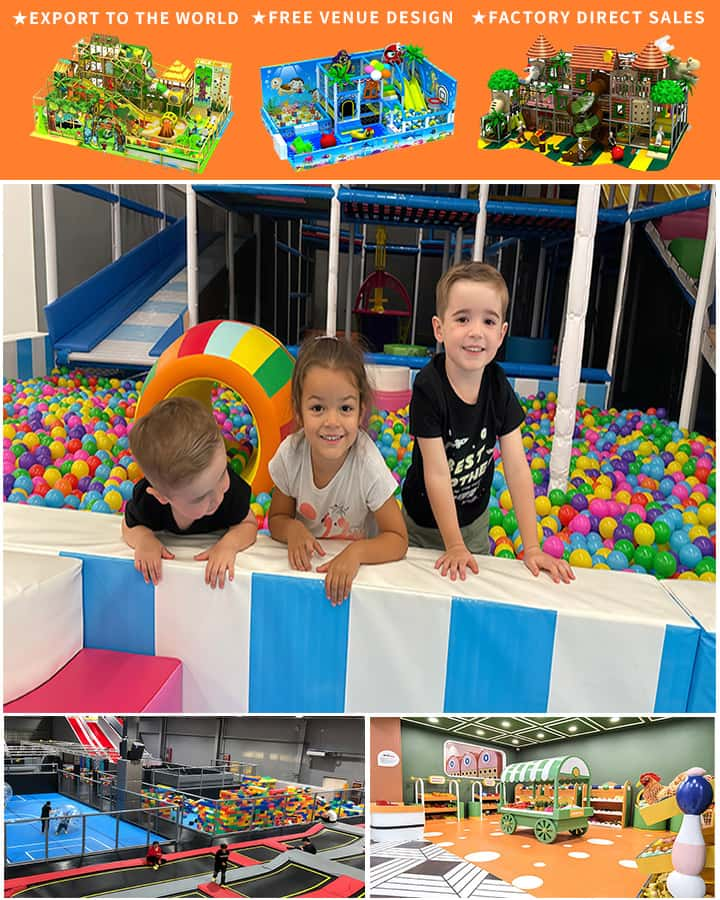When planning to create a vibrant, fun-filled environment for children, investing in quality playground equipment is crucial. However, understanding the cost involved can be complex due to various influencing factors. This article delves into the key elements that determine the cost of children’s playground equipment, providing valuable insights for parents, educators, and community planners.
Types of Playground Equipment
The type of playground equipment you choose significantly impacts the overall cost. Common categories include:
Slides: Various materials and designs can affect prices. A simple plastic slide may cost less than a custom-built stainless steel slide with added features such as tunnels or multiple levels.
Swings: Traditional swings are often more affordable, whereas specialized versions like bucket seats, infant swings, or adaptive swings for children with disabilities can be more expensive.
Climbing Structures: These range from basic jungle gyms to intricate climbing walls and rope courses. The complexity and size of these structures influence their price tags.
Merry-Go-Rounds and Spinning Structures: Typically more costly due to their design and engineering requirements.
Interactive Elements: Items like musical instruments, activity panels, and water play features add educational value but can also drive up costs.
Material Matters

The material used in playground equipment affects both its durability and price. Common materials include:
Plastic: Generally the most budget-friendly option, suitable for smaller, simpler pieces of equipment. It is lightweight but may not withstand heavy use over extended periods.
Metal (Aluminum, Steel): Stronger and more durable, metal equipment tends to be pricier but offers better longevity and resistance to vandalism and weather conditions.
Wood: Often aesthetically pleasing and environmentally friendly, wooden playground structures can be more expensive, especially if made from high-quality, sustainably sourced timber. They require regular maintenance to prevent rot and splinters.
Custom vs. Prefabricated
Another factor affecting the cost is whether the playground equipment is prefabricated or custom-designed:
Prefabricated Equipment: Off-the-shelf options are generally more affordable and quicker to install. They come in standard sizes and designs, making them ideal for straightforward projects.
Custom Equipment: Tailored to specific needs and space constraints, custom designs offer flexibility and uniqueness but come at a premium. Customization might involve bespoke colors, sizes, and additional safety features.
Installation and Maintenance Costs
While the upfront cost of playground equipment is significant, installation and ongoing maintenance should also be considered:
Installation: Professional installation ensures safety and compliance with local regulations. Depending on the complexity and size of the equipment, installation fees can range from a few hundred to several thousand dollars.
Maintenance: Regular maintenance, including inspections, cleaning, painting, and repairs, extends the lifespan of playground equipment. Budgeting for periodic upkeep is essential to keep the area safe and enjoyable for children.
Safety and Compliance
Investing in playground equipment that meets safety standards and regulations is non-negotiable. Certified products ensure child safety and reduce liability risks. While compliant equipment might have a higher initial cost, it ultimately provides peace of mind and reduces potential legal issues.
Geographic and Economic Factors
Finally, location plays a role in determining costs. Prices can vary based on regional economic conditions, availability of materials, and labor rates. Urban areas might experience higher costs compared to rural settings due to differences in living expenses and logistical challenges.
Conclusion
Understanding the cost of children’s playground equipment involves considering various factors such as type, material, customization, installation, maintenance, safety standards, and geographic influences. By weighing these elements carefully, stakeholders can make informed decisions that balance budget constraints with the need for a safe, engaging, and durable playground environment for children. Investing wisely in playground equipment not only enriches children’s playtime experiences but also fosters a sense of community and promotes physical development and social interaction.




